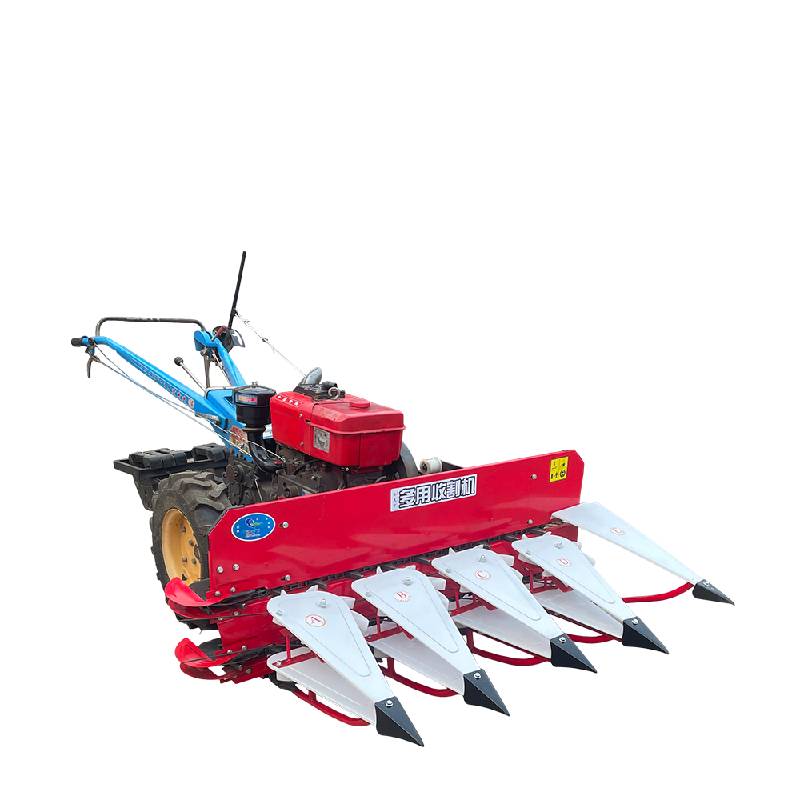Cane Harvester Cost Analysis for Efficient Sugar Production
The Price of Cane Harvesters Factors and Trends
Cane harvesters are vital machinery in the sugar industry, playing a crucial role in the efficiency of sugarcane production. As global demand for sugar continues to rise, the price of cane harvesters is influenced by numerous factors ranging from technological innovations to market dynamics. In this article, we will explore the various elements that affect the pricing of cane harvesters and examine current trends.
Technological Advancements
One of the primary factors influencing the price of cane harvesters is technological advancement. Modern cane harvesters come equipped with state-of-the-art technology that enhances efficiency, reduces labor costs, and minimizes waste. For instance, many new models feature GPS systems, automated settings, and advanced cutting technology that allows for quicker and more efficient harvesting. While these innovations can significantly increase the upfront cost of the equipment, they often translate into long-term savings due to improved productivity and reduced operational costs. Consequently, as technology continues to evolve, buyers may find themselves facing higher prices for the latest models.
Market Demand
The market demand for sugar and sugarcane products also plays a crucial role in determining cane harvester prices. When global sugar prices are high, sugarcane producers are more likely to invest in advanced harvesting equipment to maximize their yields and profits. Conversely, during periods of low sugar prices, there may be reduced demand for cane harvesters, leading manufacturers to adjust their prices accordingly. As the demand for sugar fluctuates based on consumer preferences and economic conditions, cane harvester prices are likely to reflect these changes.
cane harvester price

Geographic Variability
Another significant factor affecting cane harvester prices is geographic variability. The cost of production, labor, and transportation can vary widely from one region to another, which in turn impacts the pricing of agricultural machinery. For example, in countries with established sugarcane industries, such as Brazil and India, competition among manufacturers can lead to more competitive prices. However, in regions where cane harvesting is an emerging industry, the scarcity of specialized equipment can drive prices up. Additionally, import tariffs and local regulations may also affect costs, making it essential for buyers to consider their specific geographic context.
Government Policies and Subsidies
Government policies and subsidies can also play a pivotal role in influencing the price of cane harvesters. In some countries, governments offer financial assistance or subsidies to sugarcane farmers to encourage the modernization of their operations. Such incentives can make it more affordable for farmers to invest in new technology and machinery, effectively lowering the market price of cane harvesters. Conversely, the removal of subsidies or the implementation of restrictive policies can lead to increased prices, creating challenges for farmers looking to upgrade their equipment.
Conclusion
In conclusion, the price of cane harvesters is determined by a multitude of factors, including technological advancements, market demand, geographic variability, and government policies. As the sugar industry continues to evolve, it is essential for buyers to stay informed about these trends and fluctuations. Investing in the right equipment can significantly impact a sugarcane producer's efficiency and profitability. Therefore, understanding the dynamics of cane harvester pricing is crucial for anyone involved in the sugarcane industry, whether they are farmers, manufacturers, or policymakers.
Latest news
-
When to Upgrade Your Old Forage HarvesterNewsJun.05,2025
-
One Forage Harvester for All Your NeedsNewsJun.05,2025
-
Mastering the Grass Reaper MachineNewsJun.05,2025
-
How Small Farms Make Full Use of Wheat ReaperNewsJun.05,2025
-
Harvesting Wheat the Easy Way: Use a Mini Tractor ReaperNewsJun.05,2025
-
Growing Demand for the Mini Tractor Reaper in AsiaNewsJun.05,2025
